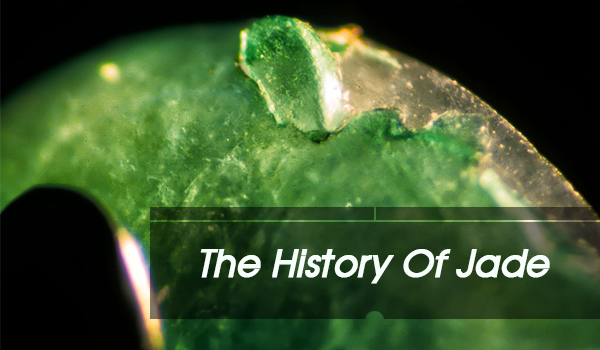 |
| The History Of Jade |
Jade or jadeite, to be precise, has always been revered Asians as a symbol of good luck, good health and strength to resist evil spirit. In addition very mythical character of the stone, and despite the many misconceptions about what can be called by this term, jade, pearl luster and rigid and stable nature, remains a very precious value conscious and conscious of the Status equal Despite the fact that the Chinese have had an affair with Jade over the past thousands of years, the largest jade deposits are not in China, and on top of Burma, which exports raw jade (Myanmar Jade) to China and Hong Kong, in particular, for further processing.
Read Also: Myanmar Ruby Land : Mogok
Jade has been prized in China as the gemstone, "yu" real for 5,000 years. Jade character resembles a capital I with a line through the center: the top represents the sky, the bottom of the earth, and the central part of humanity. The word "yu" is used in China to call something precious, as in English we use gold. Jade was thought to preserve the body after death and can be found in Imperial tombs for thousands of years. A tomb contained all the garment made of jade, to ensure the physical immortality of its owner. For thousands of years, jade was a symbol of love and virtue, as well as a symbol of status.
In Central America, the Olmecs, Mayans, Toltecs all were also engraved with jade and used for carvings and masks. The Aztecs were a tax on jade, which unfortunately led to the recycling of previous works.
Read Also: Arts And Crafts Typical From Myanmar
The history of jade in Europe is not so different. Although prehistoric shafts and jade carved leaves were found by archaeologists, most Europeans were not familiar with jade as a gemstone jewelry for use until the sixteenth century when jade objects were imported from China, and Later in Central America.
The Portuguese, who brought home pieces of jade from their settlement in Canton, China, called jade "piedre de ilharga", or stone spines, because they thought this strong medicine for kidney disease. Jade was brought back to Spain from the New World were named the Spanish version of the phrase "Piedra de hijada". It was the French "ejade", and then, finally, the jade.
Read Also: How To Use Thanaka?